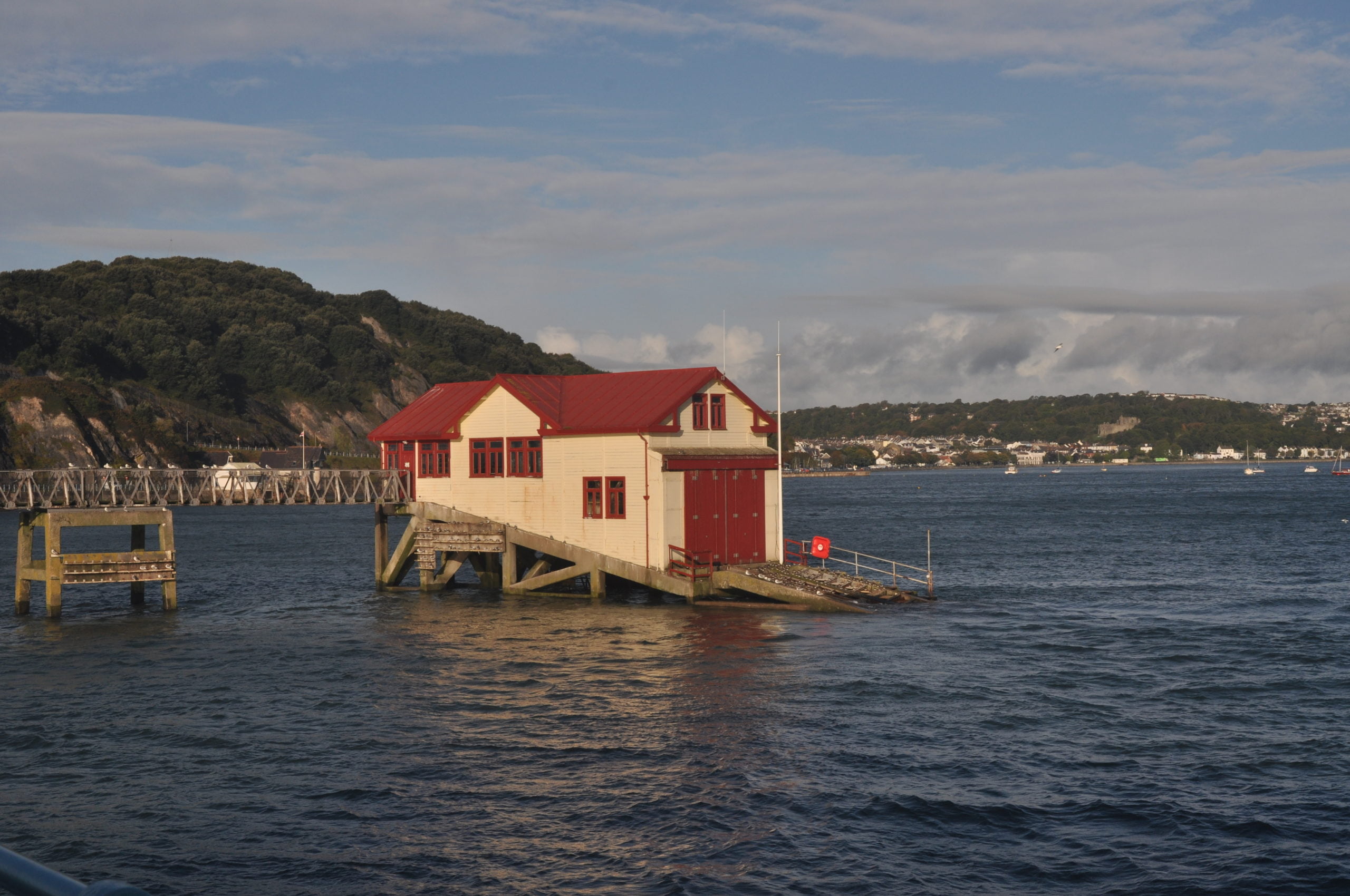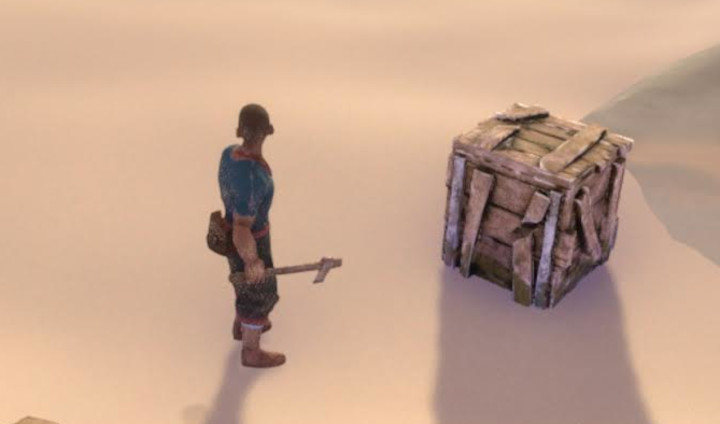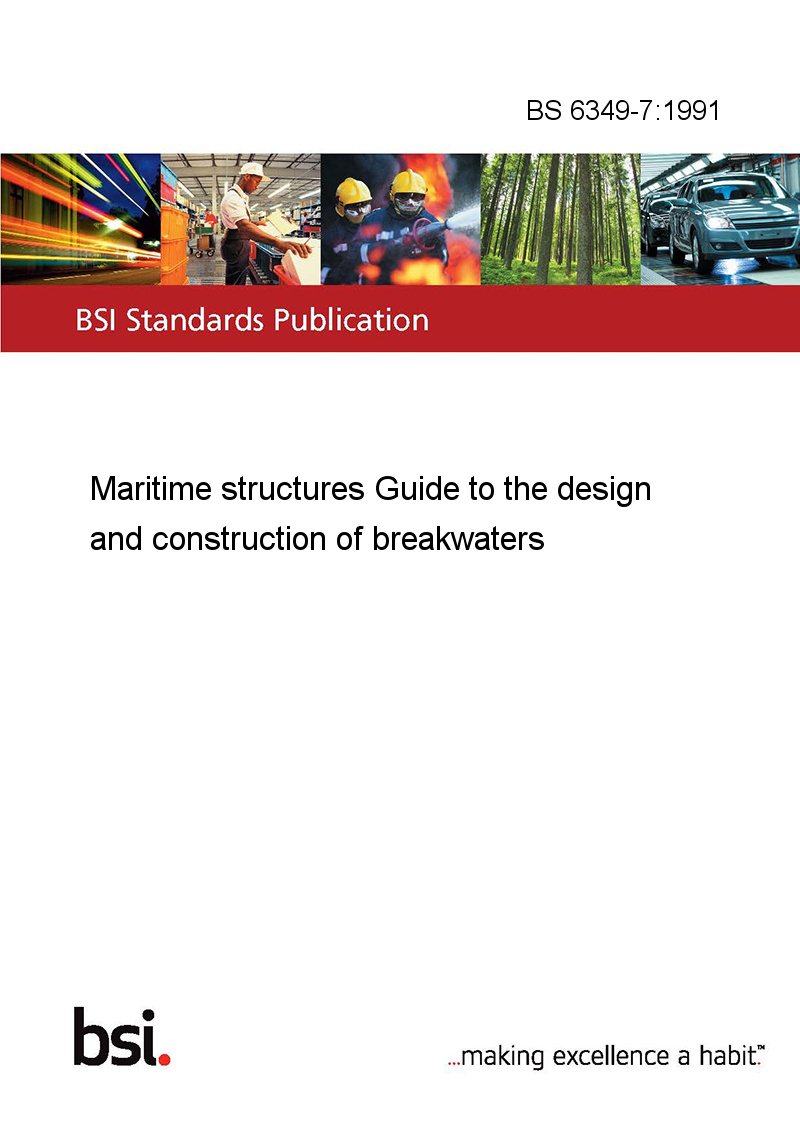

- #BREAKWATERS GUIDE FOR FREE#
- #BREAKWATERS GUIDE UPDATE#
- #BREAKWATERS GUIDE MANUAL#
- #BREAKWATERS GUIDE SERIES#
At the end of the trail, visitors can enjoy a well-deserved break on the sandy beaches of Rehoboth or explore the charming coastal town of Lewes.

Keep your eyes peeled for local wildlife, you never know whether you’ll spot Canadian Geese, local deer, or some smaller critters as part of this thriving, popular trail. A great place to take a stroll and unwind or explore on bikes, you can enjoy the region via the winding pathways. Offering stunning views of the Lewes and Rehoboth area of Southern Delaware, as well as nearby glades, the trail is punctuated with pines, oaks, and hemlock. This makes it accessible to everyone – including families, walkers, runners, and wheelchair users. The writing of EurOtop was supported and partly funded in the UK by the Joint FCERM Research Programme and coordinated by the Environment Agency, in Germany by the German Coastal Engineering Research Council (KFKI), in the Netherlands by Rijkswaterstaat, Netherlands Expertise Network for Flood Protection.Winding from Rehoboth through to Lewes, DE, the Junction & Breakwater trail is a predominantly flat route used by locals and visitors alike as a bike trail and nature trail.
#BREAKWATERS GUIDE MANUAL#
#BREAKWATERS GUIDE FOR FREE#
The ANN and both databases are available for free and links are given on the website. Breakwaters is an action-adventure and survival game from Soaring Pixels Games that had a solidly successful Kickstarter, raising just over 98,000 against its original goal of 10,000. It is based on the large EurOtop-database, extended from the CLASH database, that contains more than 13,000 tests on wave overtopping.

In parallel with this manual an Artificial Neural Network, called the EurOtop ANN, is available to predict mean overtopping discharge for all kind of structure geometries, given by a number of hydraulic and geometrical parameters as input. The old calculation tool has therefore been removed from the website and is not available as a tool covering this new manual.

#BREAKWATERS GUIDE UPDATE#
Unfortunately, no funds could be raised to update the web-based Calculation Tool with the new formulae in the present manual.
#BREAKWATERS GUIDE SERIES#
With the first manual in 2007 an online Calculation Tool had been developed to assist the user through a series of steps to establish overtopping predictions for: embankments and dikes rubble mound structures and vertical structures. Further discussion identifies the different methods available for assessing overtopping, such as empirical, physical and numerical techniques. A chapter on hazards gives guidance on tolerable discharges and overtopping processes, including videos on overtopping discharges. The manual defines types of structure, provides definitions for parameters, and gives guidance on how results should be interpreted. The methods in the manual can be used for current performance assessments and for longer-term design calculations. The manual is intended to assist coastal engineers analyse overtopping performance of most types of sea defence found around the world. The manual includes case studies and example calculations. The Overtopping Manual incorporates new techniques to predict wave overtopping at seawalls, flood embankments, breakwaters and other shoreline structures.


 0 kommentar(er)
0 kommentar(er)
